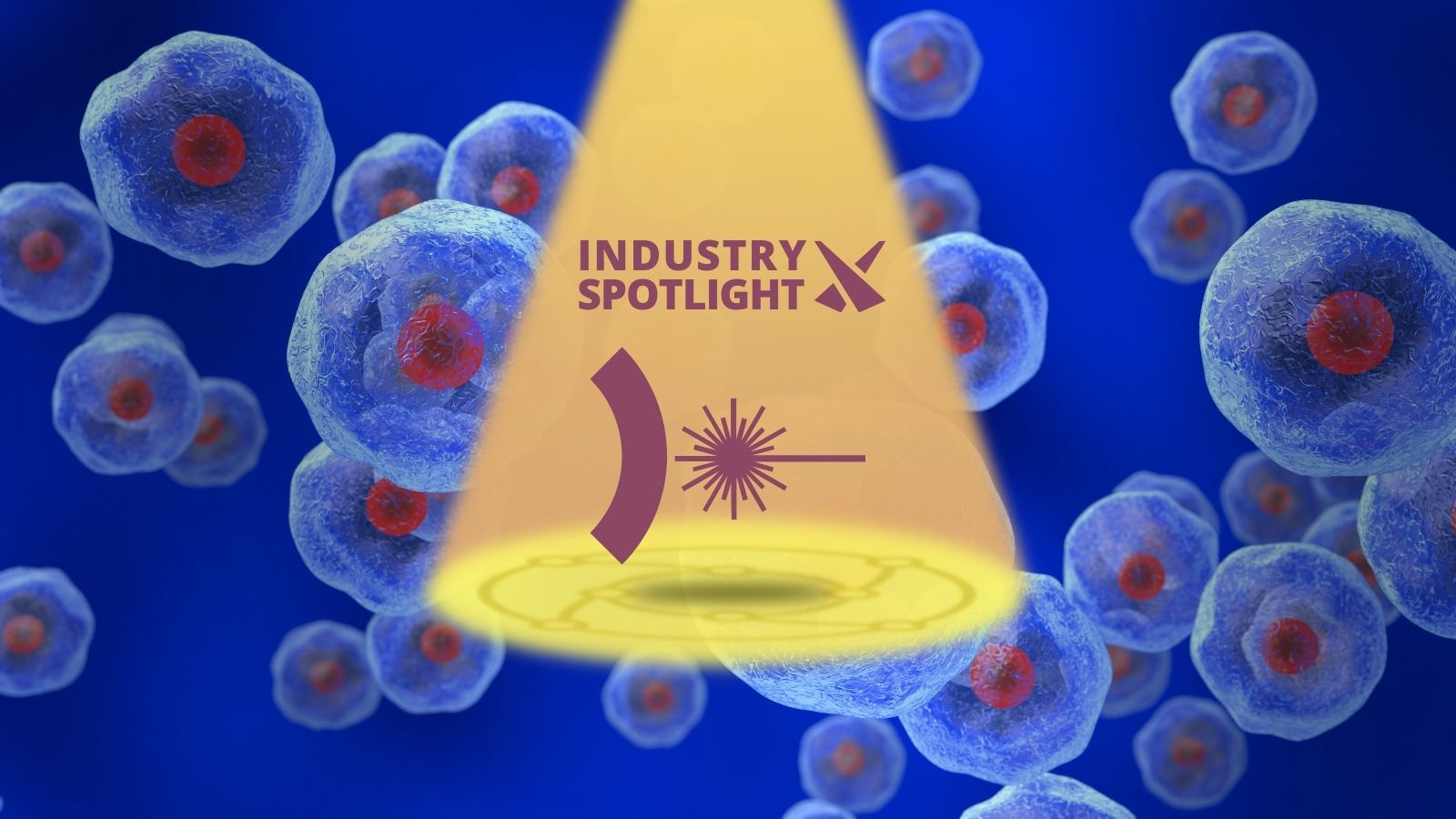Comparing Mass Spectrometry and Single-Molecule Sequencing for Single-Cell Proteomics

New advances in mass spectrometry, single-cell proteomics, and single-molecule sequencing approaches have yielded a huge range of applications in the past decade.
Mass spectrometry instruments are being engineered for use in labs working with very small samples, such as those used in single-cell proteomics.
In parallel, benchtop instruments are emerging for the bulk sequencing of proteins.
Both approaches aim for faster delivery of information about the identity, quantity, and dynamic range of proteins in samples faster.
The insights into cellular heterogeneity and diversity offered by single-cell proteomics represent a new understanding of cell biology.
Amongst other applications, single-cell proteomics can be used to investigate how complex signalling pathways contribute to the cell's function as a system.
Medical fields like cancer research are already benefiting from single-cell proteomics, which can reveal why certain cells within a tumour respond to a specific therapy while others may not.
Complementarity for Single-Cell Proteomics
Most current experiments around single-cell proteomics use mass spectrometry in some form.
To return a confident measurement through mass spectrometry, thousands of copies of a given peptide are needed; non-mass spectrometry approaches measure individual copies of a single cell.
Recently, there has been a lot of excitement in the community around single-molecule sequencing and its possible applications in proteomics.
However, although there is potential for overlap and complementarity between both approaches, there is no precedent for them being used in tandem yet.
Mass spectrometry approaches still lack single-molecule sensitivity, while single-molecule sequencing has not been applied to single cells.
One key issue faced in the mass spectrometry field concerns dynamic range: with plasma, for example, millions of proteins would have to be sequenced for each protein of interest.
Changes in the Single-Molecule Sequencing Landscape
Still, changes in experimental design and sample preparation for single-cell proteomics have delivered drastic advances in measurement sensitivity.
The instruments themselves, such as those developed by Thermo Fisher, have also seen considerable developments in the last few years.
Single-cell mass spectrometry is currently more feasible in terms of the preparation time involved, whereas single-molecule sequencing is closer to a proof-of-concept stage.
In future, single-molecule sequencing approaches could fill the gap around ultra-trace level proteins, especially if low-abundance species can be separated from ones in higher abundance.
The two approaches in tandem could be used to provide more detailed information about a protein sample at a higher resolution.
This opens up the potential for single-cell measurements to be accessible to any proteomics laboratory in the next few years, giving researchers more confidence in their reads and results.
Get your regular dose of industry news and announcements here, or head over to our Omics portal to catch up with the latest advances in tumour analysis. To learn more about our upcoming NextGen Omics UK conference in London, click here to download an agenda or register your interest.







